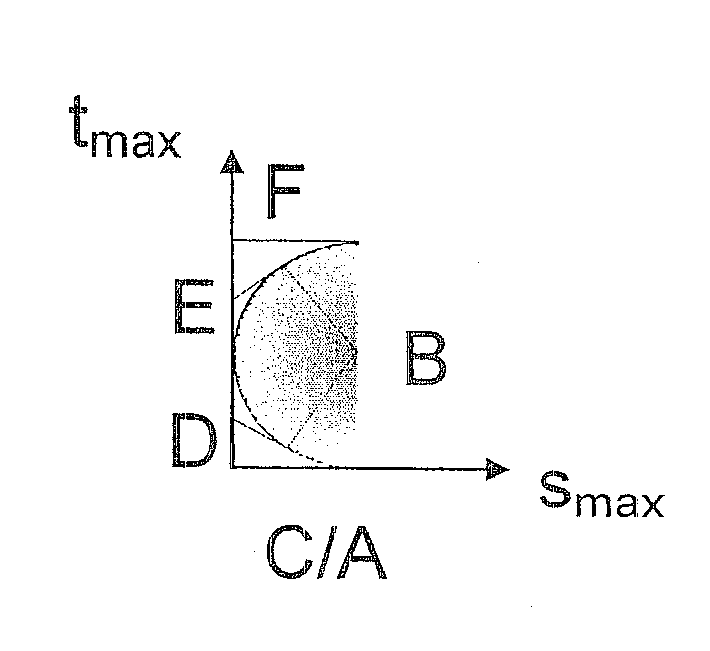Method for displaying continuous lines
a continuous line and line array technology, applied in the field of continuous line arrays, can solve the problems of complex conversion, high cost of new hardware components development, and high computation intensity of methods such as these, so as to avoid complex conversion
- Summary
- Abstract
- Description
- Claims
- Application Information
AI Technical Summary
Benefits of technology
Problems solved by technology
Method used
Image
Examples
Embodiment Construction
[0033]It is known that a continuous line can be defined by a plurality of successive support points v1, v2 etc., and by a predetermined line width w. In order to display the continuous line on a display apparatus, for example on a display, it is expedient to display the continuous line by a sequence of rectangles connecting the respectively adjacent support points, with each rectangle in turn being composed of two triangles. In many graphics programming languages such as OpenGL, triangle sequences such as these can be produced and displayed particularly easily and quickly.
[0034]As can be seen from FIGS. 1 and 2, a normalized direction vector “dir” with the two components:
dir.x=(v1.x-v2.x)(v1.x-v2.x)2+(v1.y-v2.y)2(1)dir.y=(v1.y-v2.y)(v1.x-v2.x)2+(v1.y-v2.y)2(2)
and a normalized normal vector “norm” directed at right angles to the direction vector and having the components
norm·x=dir·y (3)
norm·y=−dir·x (4)
can be calculated for two successive support points v1 and v2 with the two-dimen...
PUM
 Login to View More
Login to View More Abstract
Description
Claims
Application Information
 Login to View More
Login to View More - R&D
- Intellectual Property
- Life Sciences
- Materials
- Tech Scout
- Unparalleled Data Quality
- Higher Quality Content
- 60% Fewer Hallucinations
Browse by: Latest US Patents, China's latest patents, Technical Efficacy Thesaurus, Application Domain, Technology Topic, Popular Technical Reports.
© 2025 PatSnap. All rights reserved.Legal|Privacy policy|Modern Slavery Act Transparency Statement|Sitemap|About US| Contact US: help@patsnap.com



